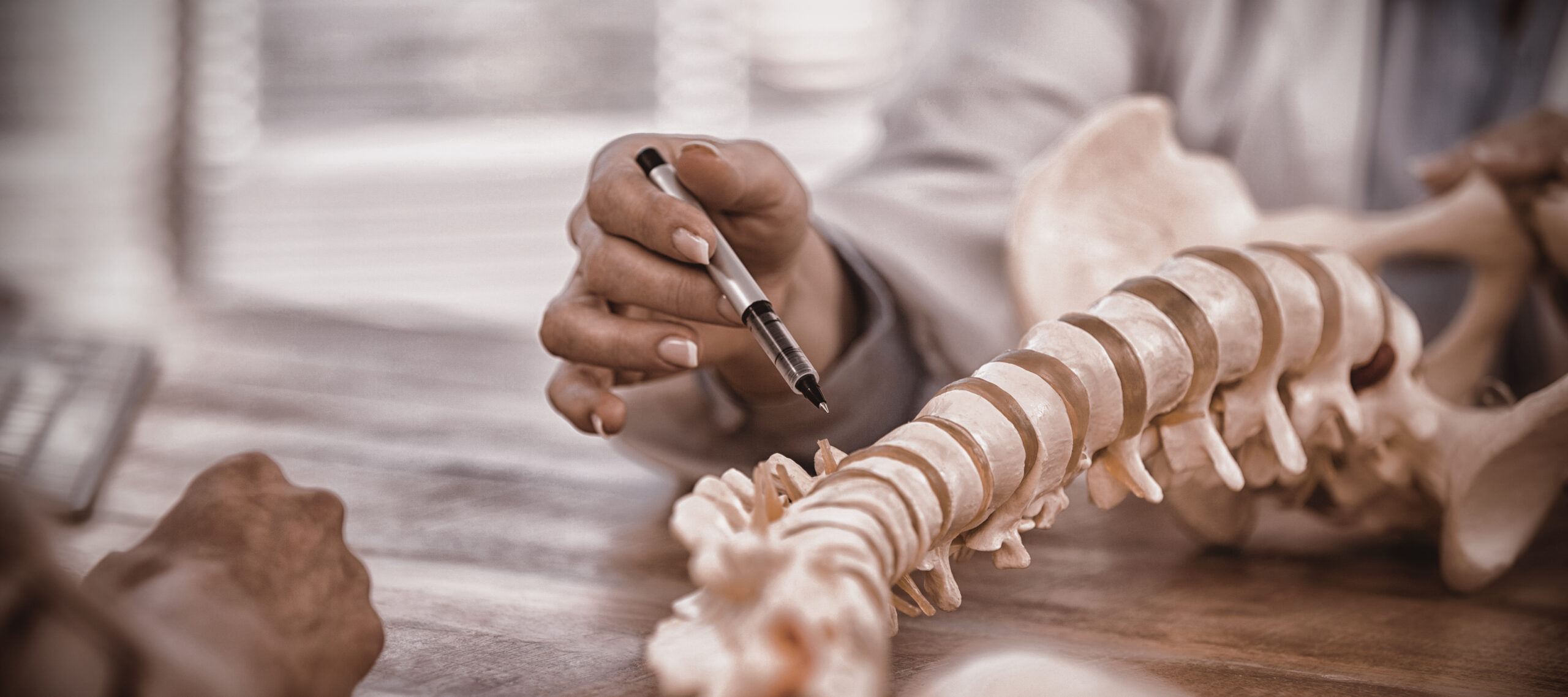Your neck is a pretty amazing structure, wouldn’t you agree? The neck – also known as the cervical spine – is comprised of bones, nerves, muscles, ligaments, and tendons and, aside from holding up your head (which weighs, on average, between 10 and 13 pounds), is also responsible for housing your spinal cord. The vertebral openings (vertebral foramen) in the cervical spine provide a secure passageway for vertebral arteries to pass and, in turn, allow for proper blood flow to the brain. It’s important to note that these openings are present only in the vertebrae of the cervical spine. The cervical spine also allows for the head’s flexibility, including rotational, flexion/extension, and lateral bending motions.
The neck officially begins at the base of the skull and, through a series of seven vertebral segments, connects to the thoracic spine (also known as the upper back). Because of the complexity and intricate nature of its design – and because of all the stresses that are routinely placed upon it on a daily basis – the cervical spine is at risk of experiencing a multitude of painful conditions.
Many of these issues arise from acute neck pain, which often times is due to a muscle strain or other soft tissue sprain (ligaments, tendons). This type of injury can be caused by a sudden force (such as whiplash) resulting from a car accident, or from straining the neck (such as a stiff neck from sleeping in the wrong position, or a strain from a seemingly benign activity like carrying a heavy suitcase.
Most minor injuries to the ligaments, tendons, and muscles in the neck tend to heal with time (meaning a couple of days or weeks) because these soft tissues have a great blood supply – which means that the necessary nutrients and proteins for healing to take place are easily carried to the injured tissues. Nonsurgical care, such as ice and/or heat, medications, and/or physical therapy can help alleviate the pain throughout the healing process.
Neck pain that develops slowly (typically over a number of years) and tends to reoccur during or after certain activities or neck positions is frequently caused by cervical foraminal stenosis. Usually, impingement (pinching) of one or more nerve roots on one side of the spine causes the majority of the symptoms. This particular type of spinal stenosis is caused by wear or aging-related changes in the joints of the neck (facet joints) or at the margins of the discs. These changes may be diagnosed by a variety of methods, including MRI and/or CT scan.
As with a herniated disc, the mainstay of treatment for stenosis is medical care (medicine, therapy, exercise, injections, etc.). However, if the pain is severe or prolonged, or the functional impairment is sufficient, surgery may be recommended by your orthopaedic surgeon in an effort to open up the disc space and give the nerve root more room.
Neck pain doesn’t have to feel like it’s ruining your life! If neck pain is something that you’ve been dealing with – be it due to an injury or something that’s crept up over time – please don’t hesitate to give us a call. The orthopaedic surgeons here at Nebraska Orthopaedic Center are experts at diagnosing, treating, and rehabilitating neck injuries.
source: spine-health.com

